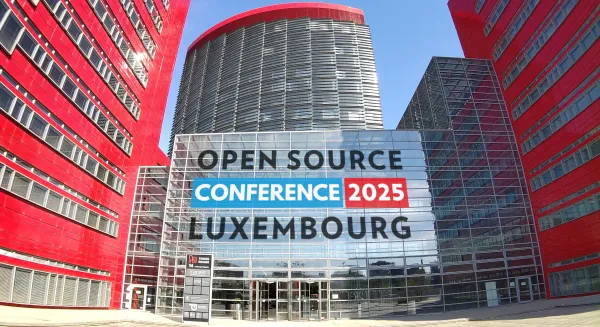Error Codes and Styling

Does the above image look scary? If so, you might just just be a software developer!
The above is the result of a long-time coming, but massive pull request to standardize the formatting of the AI Horde code. I’ve been meaning to do this ever since I discovered the black and ruff tools, but I’ve been procrastinating for almost as long. Well, I finally somehow got my ass in motion to do it. Including writing tests, and doing some careful regression testing, It took me like a week in total. And I still didn’t apply all of the ruff checks either.
What this means is that from now on, anyone sending a change, can simply run ruff . --fix && black . and it will automatically format all changes to match our standards. Making the code predictable to read and reducing some bad programming practices and potential tech debt.
Also, as a software dev, finally doing this kind of operation is so satisfying. Not much fun to do, but you’re very happy to have this done. What’s a good analogy for this? a peeling session (post your best analogies in the comments)?
Soon after, I also deployed another change that might be useful for AI Horde integrators out there. I have now added unique error return codes to each error message from the horde. This should make it easier to parse the various errors the horde might spit out with code, instead of having to parse an error message which might potentially change in the future. It also allows you to do things like error code translations (although I think it might be useful to allow people to send translations for the various RCs to the horde as PRs, so that we don’t force every frontend to reinvent them)
I also wrote a README page detailing all the existing RCs.
There’s also been the various bugfixes and improvements on the worker, sdk and hordelib code. Remember to update your reGen worker regularly!
Once again, many thanks to NLNet for providing the funding for such “necessary chore” tasks like these. These kind of things are not a ton of fun to do, as they don’t add any new functionality to the project, but they massively help future development by reducing tech debt.




